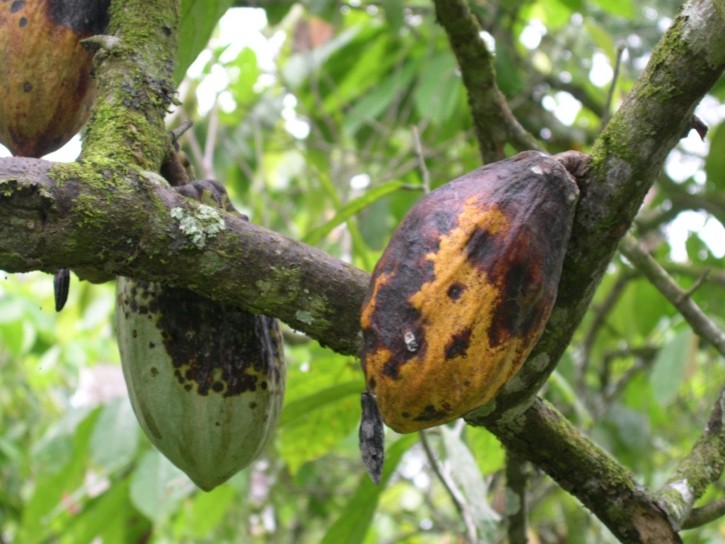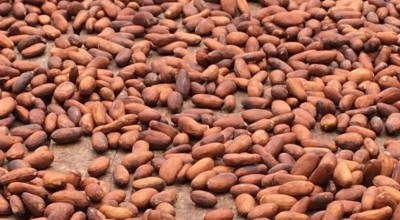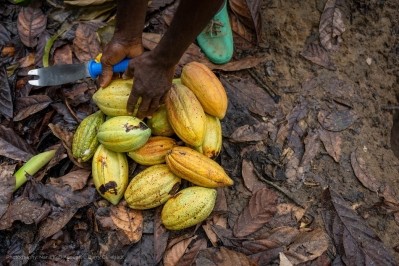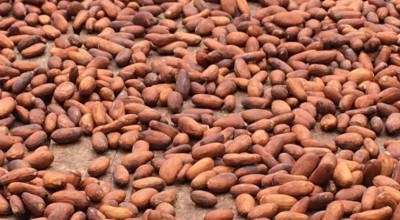Commodities
Cote d'Ivoire's main season cocoa crop strengthened by above-average rain

The world's largest cocoa producer is officially in its rainy season, which runs from April to mid-November and farmers told local media that the harvest of the main crop would start slowly in September and gradually increase in October before ending in January.
There is a slight concern that abundant rains in September could trigger cocoa disease, but farmers said growing conditions were good at the moment thanks to adequate soil moisture content. Significant volumes of beans were expected to leave cocoa-growing regions from September, they said.
"Everything's fine with the trees at the moment. If we get enough sunshine over the coming weeks, many cherelles will survive to produce a lot of harvest," Raymond Dasse, who farms near the western region of Soubre, told Reuters.
In the southern regions of Agboville and Divo and in the eastern region of Abengourou, where rains were well above average, farmers said that cocoa pods were developing well on trees and that the main crop would be concentrated between November and January, Reuters has also reported.
On the markets cocoa prices settled mixed on Monday with barchart.com reporting NY cocoa fell back from a 12-year nearest-futures high and closed moderately lower as a stronger dollar sparked long liquidation in cocoa futures. Sep ICE NY cocoa (CCU23) on Monday closed -34 (-0.97%), and Sep ICE London cocoa #7 (CAU23) closed +14 (+0.53%).
The outlook for tighter future cocoa supplies has prompted fund buying of cocoa and supports Monday's price rally to a 12-year nearest-futures high. Cocoa supplies have tightened as 2023-24 Cote d’Ivoire forward cocoa sales from October 1-July 7 fell -1.3 MMT (-13.3%) y/y, and the Cote d’Ivoire cocoa regulator, Le Conseil Cafe Cacao, said last month that the country is not making further forward sales of cocoa for export in the 2023-24 season.
Black pod disease
Cocoa prices rallied over the past two months due to the recent heavy rain in West Africa that has accelerated the spread of black pod disease, which causes cocoa pods to turn black and rot. The spread of the disease from the extreme wet weather could result in lower cocoa crop quality and production and push the global cocoa market into a third year of deficit for the 2023-24 season, barchart.com reported.
Reduced cocoa supplies from Cote d’Ivoire are ‘bullish’ for prices after the country’s farmers reportedly shipped 2.31 MMT of cocoa from Oct 1-July 30, down -2.9% y/y. Also, ICE monitored cocoa inventories held in US ports have steadily declined over the past two months to a 4-1/4 month.
Smaller cocoa supplies from Nigeria, world's fifth-largest cocoa bean producer, are bullish for cocoa prices after Nigeria's June cocoa exports fell -8.5% y/y to 12,245 tons.
Analysts said cocoa prices have support from concern that an El Nino weather event could undercut global cocoa production. On 8 June the US Climate Prediction Center said that sea surface temperatures across the equatorial Pacific Ocean had risen 0.5 degrees Celsius above normal, and wind patterns have changed to the point where El Nino criteria have been met. Cocoa prices rallied to 12-year highs in 2016 after an El Nino weather event caused a drought that hampered global cocoa production.














